AFM review: 2D MXene used to stabilize non-dendritic metal anode
QQ Academic Group: 1092348845
Detailed


Metal anodes such as lithium, sodium, potassium, zinc, magnesium, calcium, aluminum and iron have received extensive attention in the past few years, thanks to their high theoretical specific capacity, low electrochemical potential and excellent Electronic conductivity. The metal negative electrode can be matched with the positive electrode to prepare a high energy density rechargeable metal battery. However, some inherent problems such as large volume expansion, uncontrollable growth of dendrites and unstable solid electrolyte interface hinder the further development of rechargeable metal batteries. MXene, as an emerging 2D material, has shown great potential for solving these problems, thanks to its 2D structure, abundant surface functional groups and the ability to assemble into a macroporous structure. Up to now, with the assistance of MXenes, various strategies have been proposed and used to achieve stable non-dendritic metal anodes, such as MXene-based host design, design of metal-philic MXene-based substrates, and MXene to improve the metal surface. Design MXene array and modify diaphragm or electrolyte with MXene, etc. Recently, Professor Feng Jinkui of Shandong University published a review article titled: Recent Advances of Emerging 2D MXene for Stable and Dendrite-Free Metal Anodes in the international high-level academic journal Advanced Functional Materials, summarizing the application of MXene materials in stable non-dendritic metal anodes The research progress of, and prospects for future research directions.

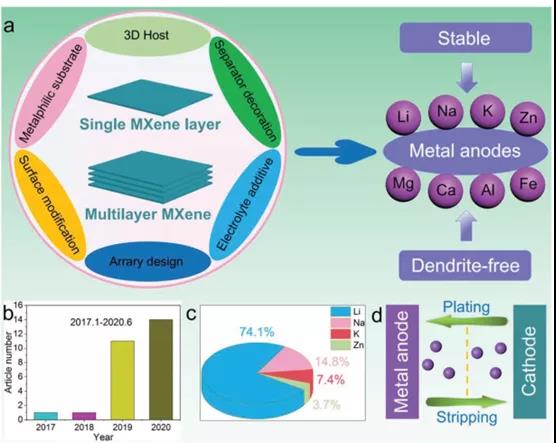
Figure 1. Application of MXene in stable and dendritic-free metal anodes.

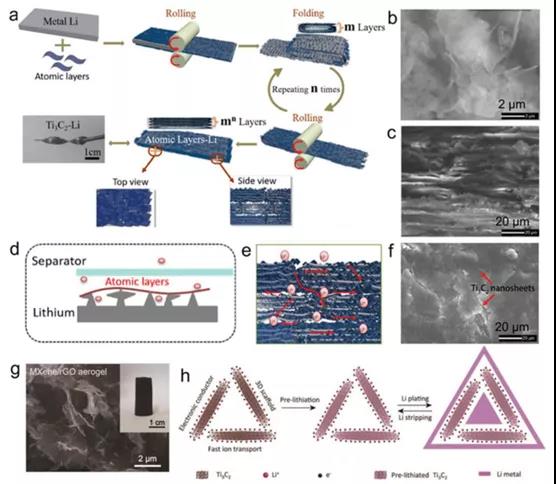
Figure 2. Synthesis process and corresponding characterization of Ti3C2-Li composite anode.
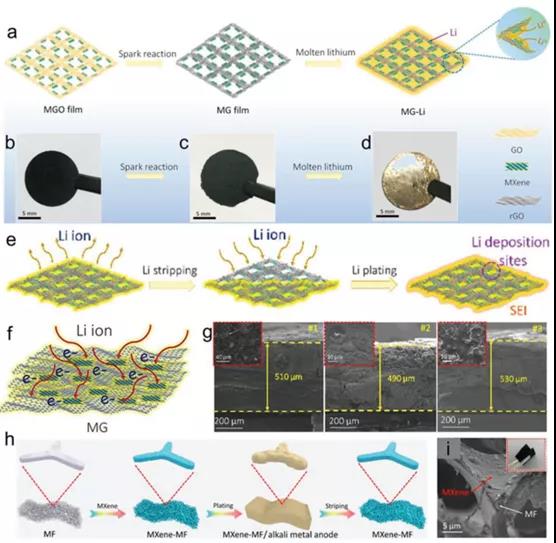
Figure 3. Synthesis process and corresponding characterization of Li-Ti3C2Tx-rGO composite anode.
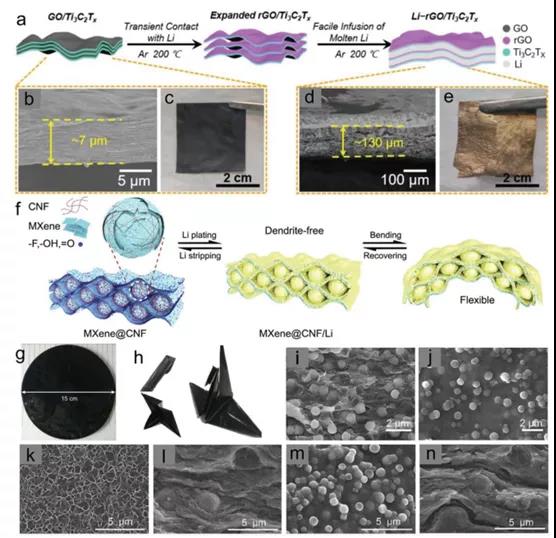
Figure 4. Synthesis process and corresponding characterization of MG-Li composite anode.
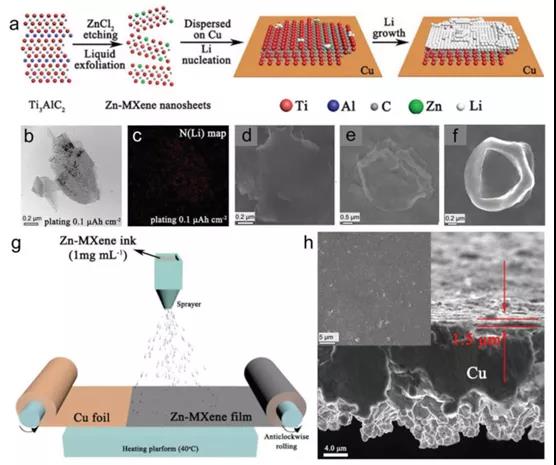
Figure 5. Synthesis process and corresponding characterization of Li-rGO/Ti3C2Tx composite anode.
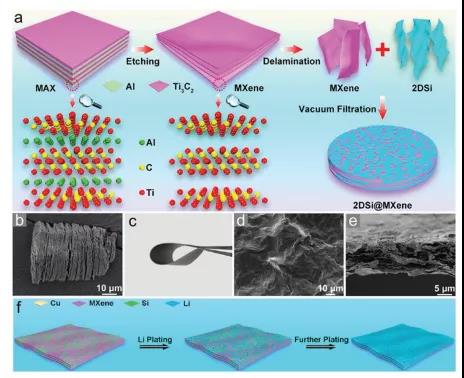
Figure 6. Schematic diagram and related characterization of the nucleation and growth behavior of Zn-MXene and Li on copper foil.
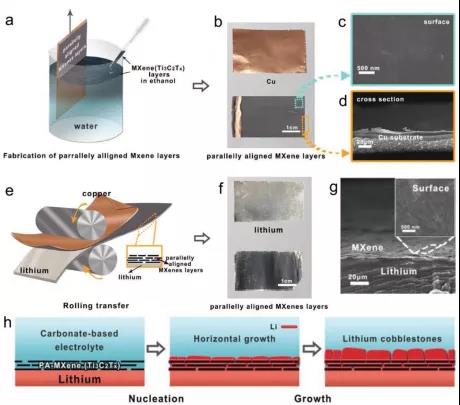
Figure 7. Synthesis process and related characterization of flexible 2DSi@MXene membrane.
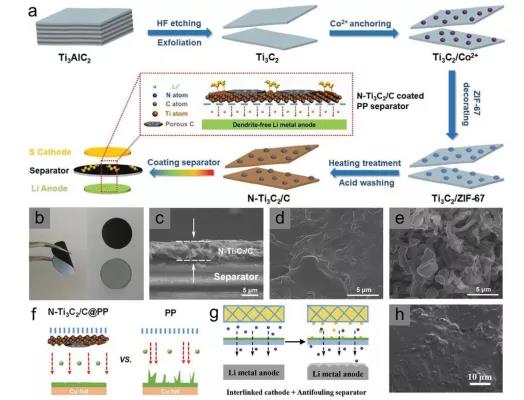
Figure 8. Synthesis process and corresponding characterization of PA-MXene-Cu.
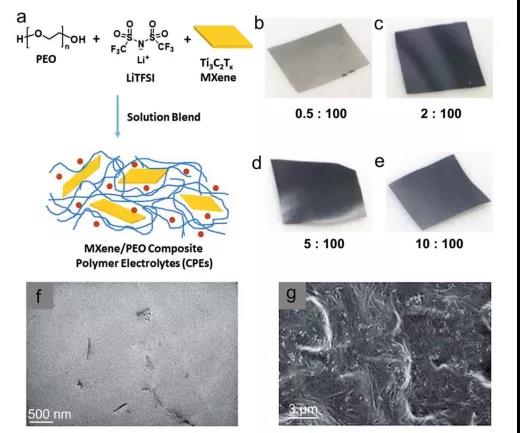
Figure 9. A representative MXene-based supercapacitor device. Synthesis process and characterization of N-Ti3C2/C@PP diaphragm.
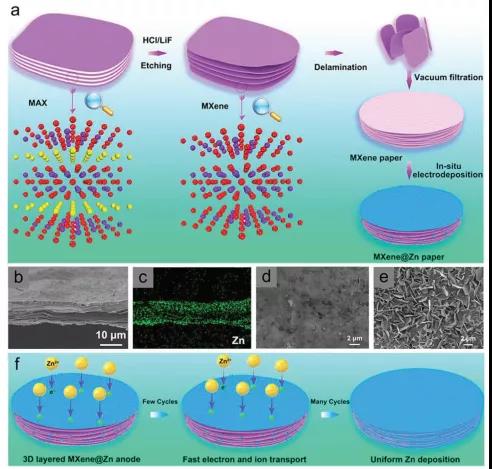
Figure 10. Synthesis process and characterization of MCPEs.
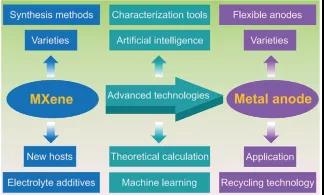
Figure 11. Synthesis process and characterization of flexible self-supporting Ti3C2Tx MXene@Zn paper composite anode.

Figure 12. Future research directions of MXene in metal anodes.
In general, this article summarizes the research progress of 2D MXene for stabilizing non-dendritic metal anodes. The application of MXene materials in metal anodes is increasing year by year. As a new type of multifunctional 2D material, it can well solve the essential problems of metal anodes. However, the research and application of MXene in metal anodes is still in the initial stage, and there is still a lot of work worth studying in the future. i) Increase the diversity of synthesis methods when MXenes are used in metal anodes; ii) Design more MXene-based host structures for metal anodes; iii) Improve MXene and liquid electrolyte; iv) Explore the application of MXene in more metal anodes ; V) Design a variety of flexible MXene/metal composite anodes; vi) evaluate practical application capabilities; vii) recycling technology; viii) combine with advanced technology.
Literature link:
https://doi.org/10.1002/adfm.202004613
Information source: MXene Frontie
This information is from the Internet for academic exchanges. If there is any infringement, please contact us and delete it immediately
- Previous: SEF: Hollow shell stru
- Next: MXene breakthrough: Na


 mxene academic
mxene academic